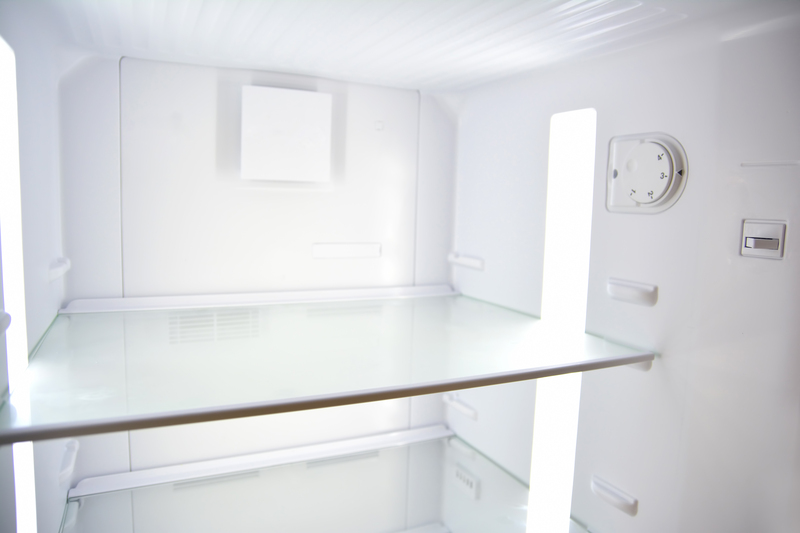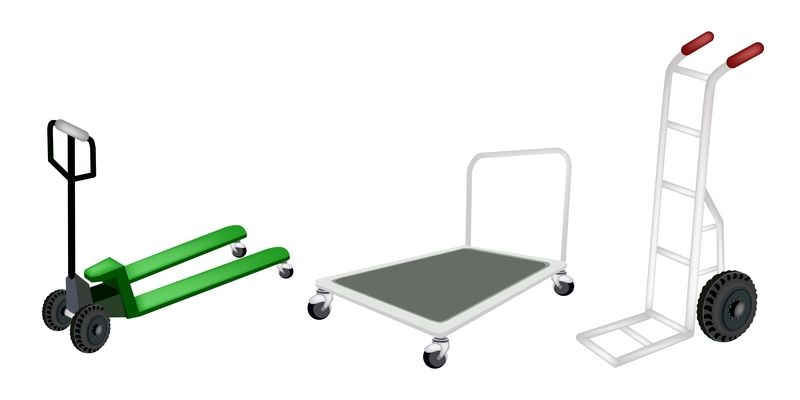Insider Tips on Piano Moving and Why You Should Hire Help
Moving a piano is not a task to be taken lightly. Whether you own an upright, a grand, or a baby grand piano, relocating these beautiful instruments requires knowledge, precision, and the right equipment. Many people underestimate the complexity and the risks associated with piano moving, often leading to costly damages or, worse, injuries. In this comprehensive guide, we'll share expert insider tips on piano moving and explain why hiring professional help is often the smartest decision.
Understanding the Complexity of Piano Moving
Pianos are unique musical instruments, both in their delicate construction and substantial weight. Most pianos weigh anywhere from 300 pounds for smaller uprights to over 1,200 pounds for concert grand pianos. Unlike moving standard furniture, transferring a piano involves:
- Handling intricate internal mechanisms
- Navigating through tight spaces and doorways
- Protecting fragile exteriors and sensitive internal parts
- Maintaining the instrument's tuning and structural integrity
A single misstep can not only damage a valuable instrument but also result in injuries or property damage. That's why it's vital to take piano moving seriously and consider seeking trained assistance.

The Most Common Types of Pianos and Their Moving Challenges
Before planning your piano move, it's key to understand the type of piano you own, as each comes with its unique moving challenges:
1. Upright Pianos
- Weight: 300-800 lbs
- Moving Challenge: Bulkiness and top-heavy design can make them tricky to balance during relocation.
2. Grand Pianos
- Weight: 500-1,200 lbs
- Moving Challenge: Large, awkward shape and delicate legs require disassembling and careful packaging.
3. Baby Grand Pianos
- Weight: Around 500-700 lbs
- Moving Challenge: Similar to grand pianos but slightly smaller. Still requires special handling and equipment for safe movement.
Risks of Moving a Piano Without Professional Help
Deciding to relocate a piano without professional expertise can be tempting, especially if you're looking to save on costs. However, attempting a DIY move brings several risks:
- Physical injury: Back strains, crushed fingers, and even more serious injuries can occur due to the instrument's weight and awkwardness.
- Damage to the piano: A single bump or drop can crack the outer cabinet or damage internal components, affecting sound quality and value.
- Damage to walls and floors: Pianos can easily gouge floors, chip walls, or damage door frames during a difficult move.
- Improper reassembly: Especially with grand and baby grand pianos, reassembling parts after transit is complex and mistakes can affect performance.
When you weigh the potential risks versus the cost of hiring a professional piano mover, it's clear that expertise pays off in both safety and peace of mind.
The Critical Steps in Professional Piano Moving
Professional piano movers apply a precise, well-organized process designed to ensure the safest relocation possible. Here are the crucial steps experts follow:
1. Assessment and Planning
- Conducting a site visit to assess the piano's size, weight, and path of egress
- Measuring doorways, staircases, and tight passages
- Identifying any challenges like stairs, narrow corners, or elevators
2. Securing the Instrument
- Wrapping the piano in thick moving blankets and padding to prevent scratches and dings
- Securing all moving parts including the pedals and keys
- Using shrink wrap or specialized covers for further protection
3. Specialized Equipment
- Utilizing heavy-duty piano dollies, straps, and ramps
- Deploying skid boards and stair climbers for multi-story moves
4. Careful Disassembly (For Grand and Baby Grand Pianos)
- Removing the legs, lyre, and pedals with specialized tools
- Padding and separately packing all detachable elements
5. Safe Transport and Unloading
- Securing the piano upright in the moving vehicle to prevent shifting
- Reassembling the instrument with precision upon delivery
- Placing the piano in its new home with careful attention to acoustics and safety
Expert Piano Moving Tips for a Stress-Free Experience
Even if you've decided to hire a piano moving service, there are key steps you can take to make the process smoother:
- Book in advance: The best piano movers may be booked up weeks ahead, especially during the busy moving season.
- Clear your path: Ensure all hallways, stairs, and doorways are free from obstacles on moving day.
- Take photos before the move: Document any existing scuffs or dents.
- Discuss insurance: Verify that your movers carry comprehensive coverage for damage or accidents.
- Plan for retuning: Moving can disrupt a piano's tuning. Schedule a professional piano tuner after the move to restore perfect sound.
Being prepared, informed, and proactive can prevent last-minute issues and ensure your piano arrives in perfect condition.
Why Hiring Professional Piano Movers Is Worth It
When you hire professional piano movers, you gain more than just muscle; you benefit from extensive experience and the latest equipment, guaranteeing the instrument's safety from door to door. Here's why professional help stands out:
Specialized Knowledge
Professionals understand the intricacies of different piano models, the best lifting techniques, and how to resolve challenges like tight spaces or tricky staircases.
Risk Mitigation
Insured piano moving companies provide coverage against damages, giving you peace of mind during every phase of the move.
Proper Tools and Equipment
From stair rollers to padded covers and hydraulic lifts, professional movers come equipped with everything needed for safe transport.
Efficient, Hassle-Free Relocation
Hiring experts means you won't be scrambling for extra hands or risking injury. Your piano will be moved efficiently, allowing you to focus on other aspects of your relocation.
Choosing skilled piano movers is ultimately the best way to protect your investment.
How to Choose the Right Piano Moving Company
Not all moving services are created equal. For a stress-free piano moving experience, select a mover that specializes in piano relocation. Use these guidelines:
- Check Credentials: Ensure the company is licensed, insured, and has strong reviews.
- Experience Matters: Ask how many pianos they move annually and request references.
- Written Estimates: Get a detailed, written quote that outlines any extra fees for stairs, mileage, or disassembly.
- Insurance Details: Confirm what type and amount of insurance coverage they hold.
- Communication: Ensure they're responsive, clear, and provide a timeline for the move.
The right company will help you through every stage, from planning to delivery and setup.
Frequently Asked Questions About Piano Moving
- Q: Can I move a piano with regular movers?
A: While regular movers might be able to handle smaller uprights, it's strongly recommended to hire professionals with specific piano-moving experience for valuable or complex instruments. - Q: Is it possible to move a piano upstairs or downstairs?
A: Yes, but it requires special equipment, teamwork, and technique. Don't attempt this without expert help! - Q: What if my piano is very old or valuable?
A: Even more reason to go with piano movers who offer specialized packaging and white-glove service. - Q: How much does professional piano moving cost?
A: Prices vary based on size, type, distance, and obstacles involved. Typically, professional piano moves start at $200 and can exceed $1,000 for longer distances or grand pianos.

Additional Piano Moving Preparation Tips
Besides booking skilled help, here are extra expert ideas to help prepare:
- Measure everything: Double-check every doorway, hallway, and elevator size.
- Protect your flooring: Use drop cloths or cardboard sheets to avoid scuffs when moving the piano through your home.
- Don't rely on casters: Piano wheels are mostly decorative and not meant for long-distance rolling--they can jam and break.
- Communicate layout at the new location: Have a spot ready and know ahead of time where the piano will reside in your new space for acoustic and safety purposes.
Conclusion: Trust Professional Piano Movers for Peace of Mind
Moving a piano is a significant undertaking that requires expert care. The intricate blend of size, fragility, and value makes pianos especially vulnerable during relocation. While many homeowners attempt DIY piano moving, the risks to health, property, and the instrument itself are considerable. Professional piano movers combine specialized skill, appropriate equipment, and insurance protection, ensuring your cherished instrument reaches its new home safely.
By following the insights and insider tips on piano relocation outlined here, you'll be better prepared to approach your piano move with confidence. When in doubt, always err on the side of caution--and call in the experts for a smooth, secure, and stress-free transition.



